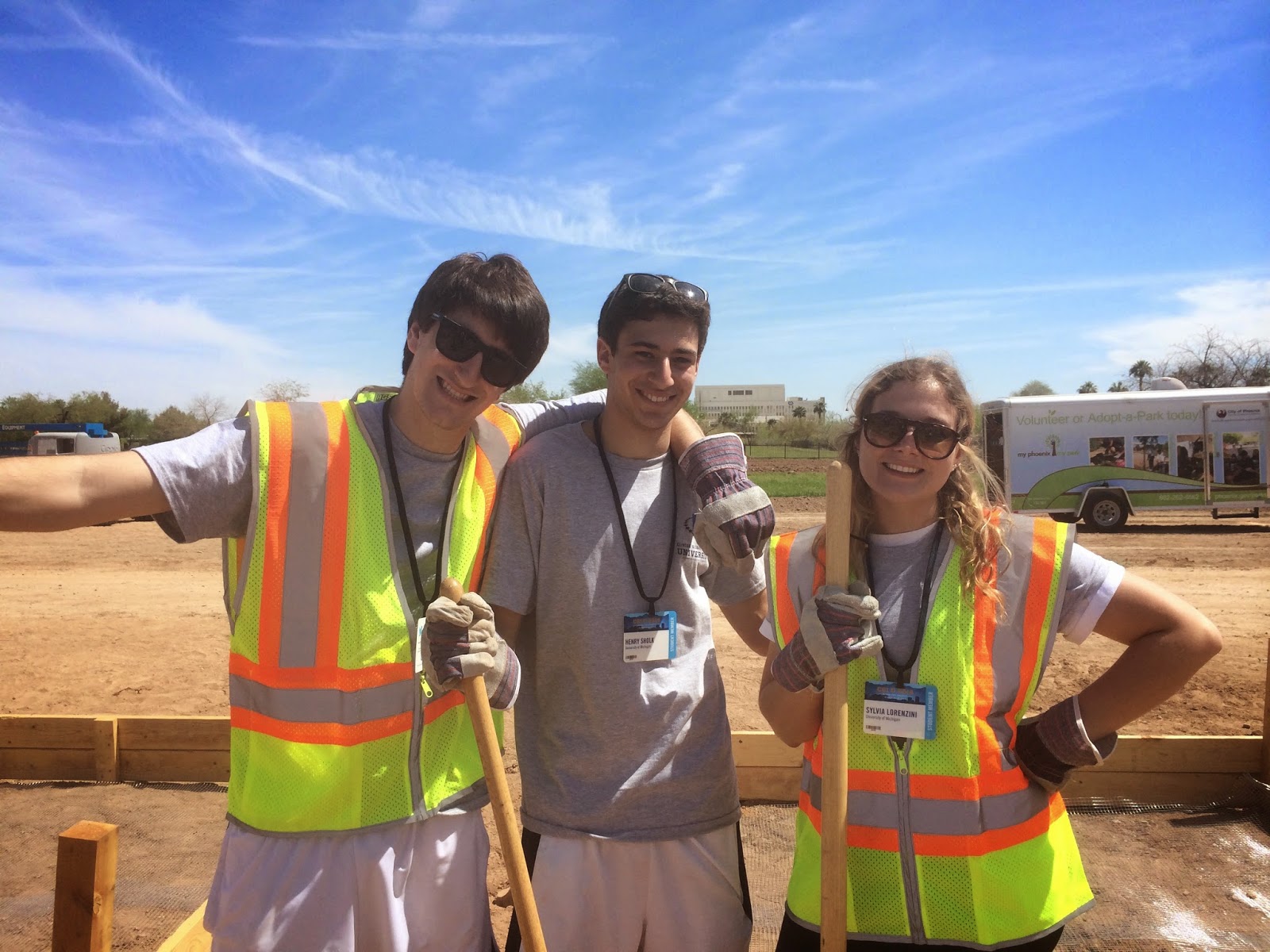In 1990, Dr. Rick Hodes left for Africa to tend to health of Ethiopians immigrating to Israel. Over two decades later, Dr. Hodes still continues to make a large impact for the people of Ethiopia, one of the poorest countries in the world.
After graduating from Middlebury College and the University of Rochester Medical School, he was trained in internal medicine at John Hopkins Medical Center. Currently, he is the Medical Director of Ethiopia for the American Jewish Join Distribution Committee (JDC), a 95-year old NGO. He is also the senior consultant at a Catholic mission helping sick destitutes with heart disease (rheumatic and congenital), spine disease (TB and scoliosis), and cancer. He has also worked with refugees in Rwanda, Zaire, Tanzania, Somalia, and Albania.
Dr. Hodes is the subject of the 2008 HBO documentary, "Making the Crooked Straight," as well as the book "This is a Soul: The Mission of Rick Hodes," which tells the story of Hodes' journey in Africa.
On Thursday November 20th at 7pm, Dr. Hodes will talk about his unique experiences in the University of Michigan's Kahn Auditorium. Please join us!








